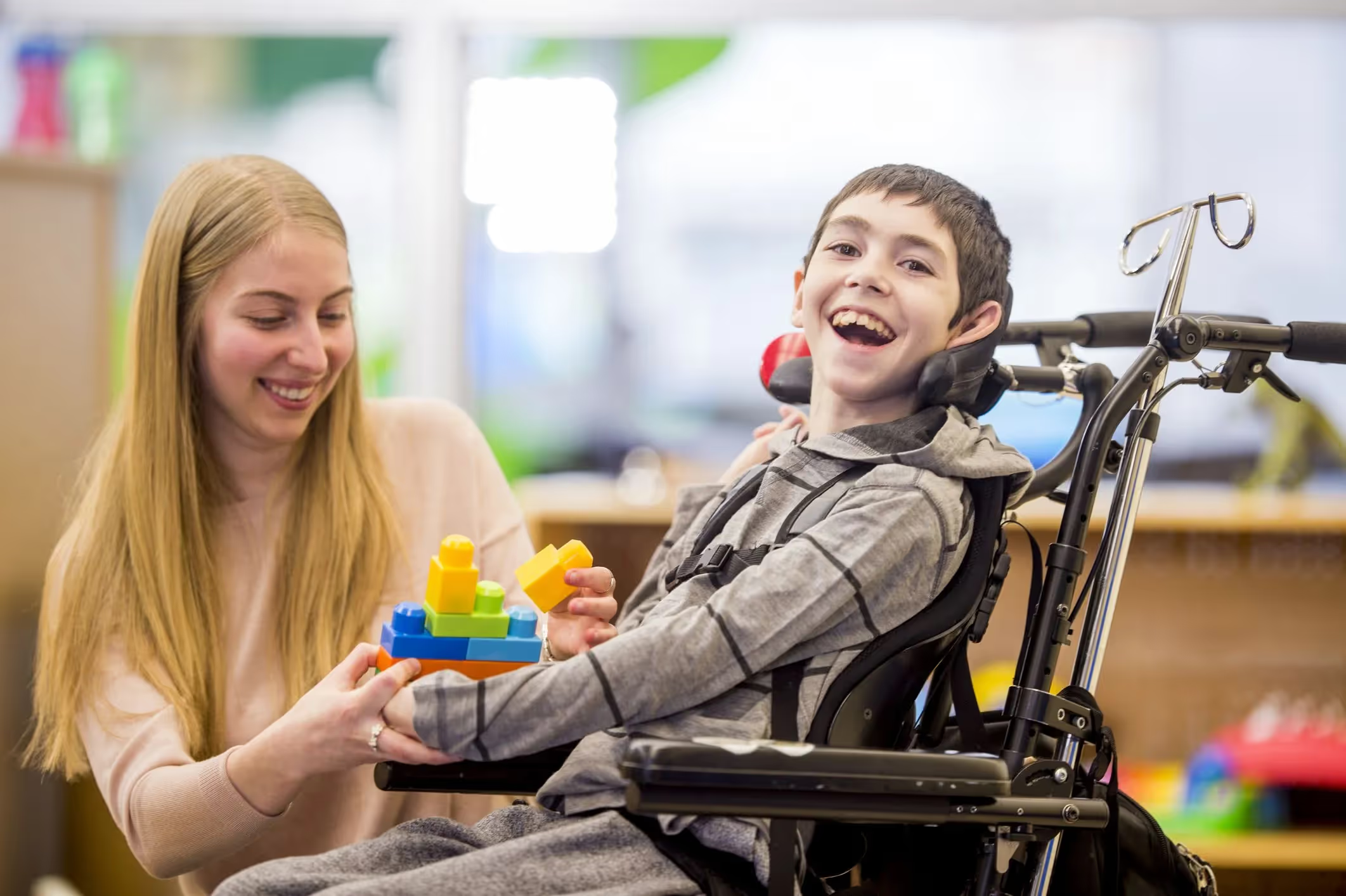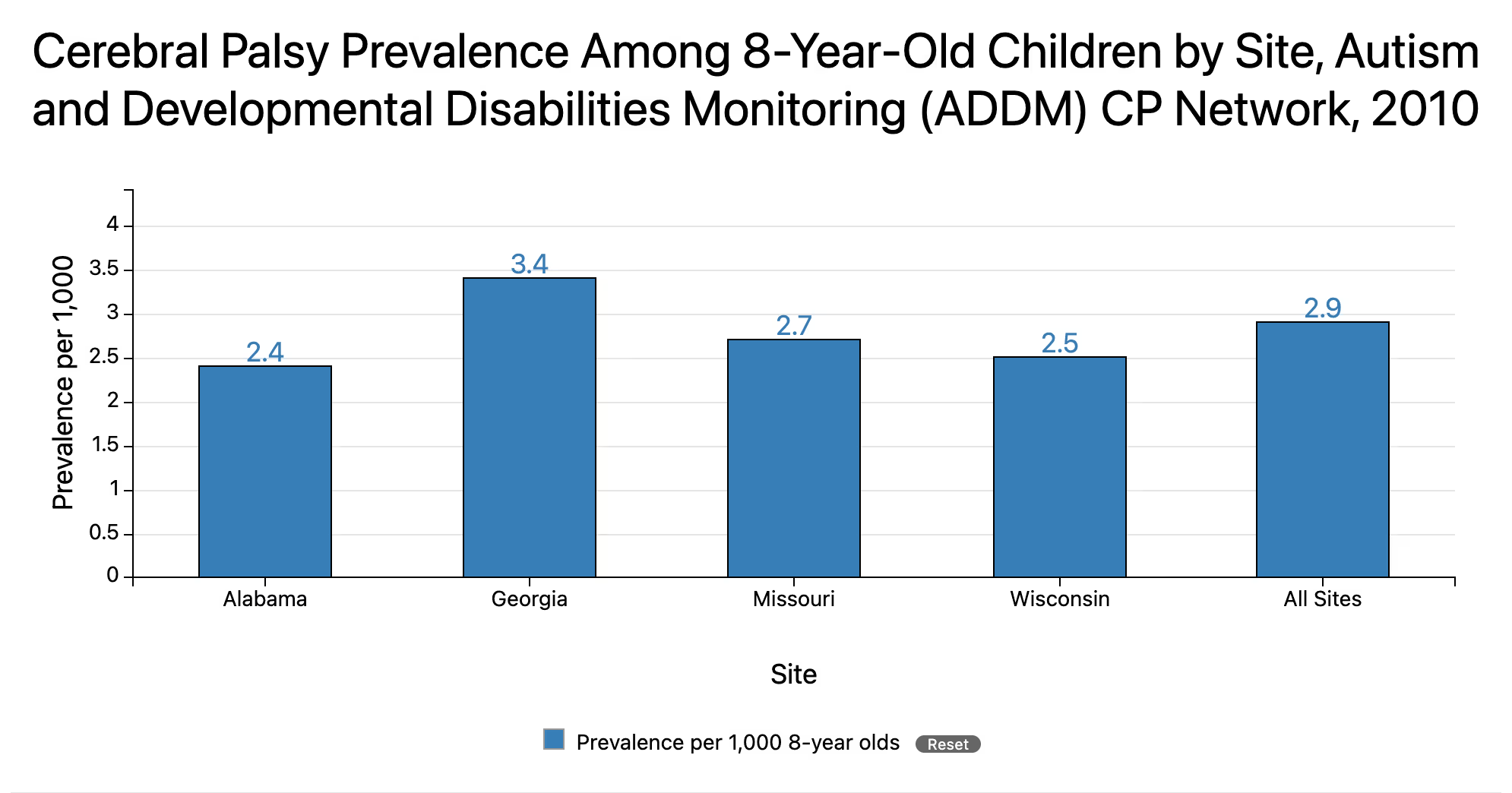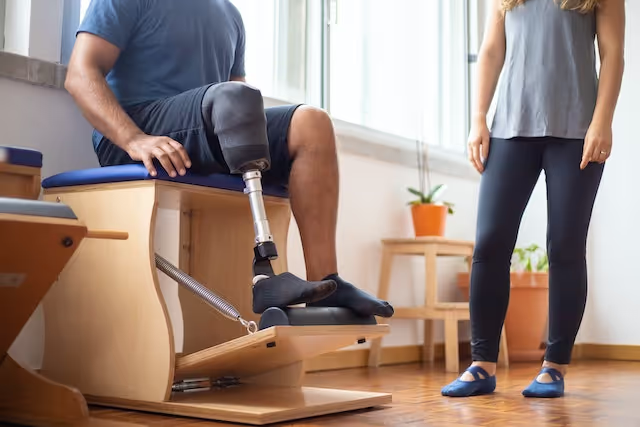Cerebral Palsy Statistics, Facts, Prevalence & Demographics
New Cerebral Palsy statistics show that around 764,000 children and adults currently have Cerebral Palsy.

How Many Children Have Cerebral Palsy?
According to the Centers for Disease Control and Prevention (CDC), around 1 in every 345 children in the United States have cerebral palsy. This means that approximately 10,000 babies born each year will develop cerebral palsy.
- Around 764,000 children and adults currently have Cerebral Palsy.
- Around 500,000 children under the age of 18 currently have Cerebral Palsy.
- Approximately 2 to 3 children out of every 1,000 have Cerebral Palsy (United States studies have yielded rates as low as 2.3 per 1,000 children to as high as 3.6 per 1,000 children).
- Approximately 8,000 to 10,000 babies and infants are diagnosed per year with Cerebral Palsy.
- Around 10,000 babies born each year will develop Cerebral Palsy.
- Around 1,200 to 1,500 preschool-aged children are diagnosed per year with Cerebral Palsy.
Although cerebral palsy is not a progressive disorder, meaning it won't get worse over time, it can significantly impact a child's quality of life and require ongoing medical care and support. Early diagnosis and intervention can help improve outcomes for children with cerebral palsy.
30 Cerebral Palsy Statistics
- According to the Centers for Disease Control and Prevention (CDC), approximately 1 in 345 children are diagnosed with cerebral palsy.
- Cerebral palsy is the most common motor disability in childhood.
- More than 17 million people worldwide have cerebral palsy.
- Approximately 10,000 babies are born with cerebral palsy each year in the United States.
- The lifetime cost of care for an individual with cerebral palsy can range from $1 million to $5 million.
- Approximately 40% of individuals with cerebral palsy have a cognitive impairment as well.
- Premature infants are at a higher risk of developing cerebral palsy, with up to 15% of premature babies diagnosed with the condition.
- Spastic hemiplegia is the most common type of cerebral palsy, affecting around 40% of individuals with the condition.
- Approximately 80% of individuals with cerebral palsy develop it before or during birth, while the remaining cases occur within the first few years of life.
- Males are slightly more likely to be diagnosed with cerebral palsy than females, at a ratio of about 1.4:1.
- In low- and middle-income countries, access to appropriate care for individuals with cerebral palsy is often limited or nonexistent.
- Individuals with severe forms of cerebral palsy may require lifelong assistance and medical care.
- About half of all individuals diagnosed with cerebral palsy will experience some form of chronic pain related to their condition.
- The average lifespan for someone with cerebral palsy is similar to that of someone without the condition, but quality of life and functional ability can be significantly impacted by the disorder.
- There are several risk factors associated with an increased likelihood of developing cerebral palsy, including premature birth, low birth weight, multiple births (such as twins or triplets), and infections during pregnancy or childbirth such as meningitis or encephalitis.
- The prevalence rate for adults living with CP in Europe ranges from .8-2 per thousand population
- The incidence rate for CP in live births has remained stable over time despite significant improvements in neonatal care
- The prevalence rate for adults living with CP in North America ranges from .77-2 per thousand population
- CP has been identified as one of five priority neurological conditions by WHO
- There's been a steady rise in survival rates among infants born very preterm since mid-1990s; however rates vary widely between different countries
- Around half children who survive extreme prematurity go on to develop disabilities such as CP
- Children born after fertility treatment or Assisted Reproductive Technologies (ART) may be at increased risk
- Intrauterine growth restriction (IUGR) has been associated with development od CP
- There's no cure for CP but early intervention can help manage symptoms
- Therapies include physical therapy , occupational therapy,speech therapy etc
- Botox injections have been found useful in treating spasticity which is a common symptom seen in CP patients
- Surgical interventions like Selective dorsal rhizotomy (SDR) have shown promise in managing spasticity
- Hyperbaric oxygen therapy shows some promise but more research needs to done before it can be routinely recommended
- CP patients may also suffer from mental health conditions like depression , anxiety etc due to their disability
- Support groups and advocacy organizations play a crucial role not only providing support but also raising awareness about this debilitating condition
Prevalence of Cerebral Palsy
According to the Centers for Disease Control and Prevention (CDC), cerebral palsy affects approximately 1 in 345 children in the United States.

This means that there are about 10,000 babies born with cerebral palsy each year in the US. The prevalence of cerebral palsy varies by race and ethnicity.
African American children are more likely to have cerebral palsy than white children, while Hispanic children are less likely to have cerebral palsy than non-Hispanic children.
Facts about Cerebral Palsy
Cerebral palsy is a non-progressive disorder, which means that it does not get worse over time. However, the symptoms of cerebral palsy can change as a child grows and develops.

Cerebral palsy can affect different parts of the body, including the arms, legs, and face. Some people with cerebral palsy have difficulty with speech and communication, while others have difficulty with vision or hearing.
There are three main types of cerebral palsy: spastic, dyskinetic, and ataxic. Spastic cerebral palsy is the most common type, accounting for about 70% of all cases.
Dyskinetic cerebral palsy affects about 20% of people with cerebral palsy, while ataxic cerebral palsy is the least common type, affecting only about 10% of people with cerebral palsy.
Demographics of Cerebral Palsy
Cerebral palsy affects people of all ages, but it is most commonly diagnosed in children. About 80% of people with cerebral palsy are diagnosed before the age of 3.
Boys are slightly more likely to have cerebral palsy than girls. Cerebral palsy is more common in premature babies and babies with low birth weight.
Other risk factors for cerebral palsy include maternal infections during pregnancy, birth complications, and head injuries in early childhood.
Cerebral Palsy Demographics Statistics
- Boys are 1.4 times more likely to develop cerebral palsy than girls.
- The risk of developing cerebral palsy is higher in premature babies, with up to 15% of premature infants being diagnosed with the disorder.
- Low birth weight is also a risk factor for cerebral palsy, with babies weighing less than 5.5 pounds at birth having a higher likelihood of developing the condition.
- Maternal infections during pregnancy can increase the risk of cerebral palsy in children, with conditions such as rubella, cytomegalovirus, and toxoplasmosis being particularly associated with the disorder.
- Birth complications such as oxygen deprivation, traumatic brain injury, and bleeding in the brain can also lead to cerebral palsy in some cases.
- African American children are more likely to have cerebral palsy than white children, while Hispanic children are less likely to have the disorder than non-Hispanic children.
- In low- and middle-income countries where access to appropriate care may be limited or nonexistent, the prevalence of cerebral palsy may be higher due to factors such as poor maternal health and inadequate neonatal care.
- While most cases of cerebral palsy occur before or during birth, there is a small percentage (about 10%) that occurs within the first few years of life due to brain damage from infections or injuries.
These statistics highlight some of the demographic factors that contribute to the prevalence and incidence of cerebral palsy worldwide, underscoring the importance of early detection and intervention for this complex neurological disorder.
Cerebral Palsy Demographics by Age
Cerebral palsy can affect people of all ages, but it is most commonly diagnosed in children. Here are some cerebral palsy demographics by age:
- Infants: Cerebral palsy can be diagnosed in infants as young as a few months old. Infants with cerebral palsy may have difficulty controlling their head movements or reaching developmental milestones like rolling over or sitting up.
- Toddlers and Preschoolers: Children between the ages of 1 and 5 years old are often diagnosed with cerebral palsy if they continue to experience delays in developmental milestones like walking, talking, or using fine motor skills.
- School-Aged Children: As children grow and develop, the symptoms of cerebral palsy may become more apparent. School-aged children with cerebral palsy may require accommodations like mobility aids, speech therapy, or special education services.
- Adolescents: Adolescents with cerebral palsy may face unique challenges related to their condition such as social isolation, stigma, or self-esteem issues.
- Adults: While cerebral palsy is often thought of as a childhood disorder, many adults live with the condition throughout their lives. Adults with cerebral palsy may face challenges related to employment, independent living, or accessing appropriate medical care.
By understanding how cerebral palsy affects people at different stages of life, we can work to improve early detection and intervention for this complex neurological disorder and support individuals with CP throughout their lifespan.
What Is Cerebral Palsy?
Cerebral palsy is a neurological disorder that affects movement, muscle tone, and coordination. It is caused by damage to the developing brain, which can occur during pregnancy, childbirth, or the first few years of life.

Cerebral palsy affects people of all races, genders, and socioeconomic backgrounds. In this article, we will explore the statistics, facts, prevalence, and demographics of cerebral palsy.
Conclusion
Cerebral palsy is a complex disorder that affects people in different ways. While there is no cure for cerebral palsy, early intervention and treatment can help improve outcomes and quality of life for people with cerebral palsy.
By understanding the statistics, facts, prevalence, and demographics of cerebral palsy, we can work towards better diagnosis, treatment, and support for people with this condition.
Sources
Recent News
Related articles
.avif)
100+ YouTube Statistics, Facts & Demographics
In 2023, YouTube has over 2.5 billion monthly active users.

39 Teacher Statistics And Demographics
Find the most up-to-date teacher demographics and statistics that'll surprise you.

Twitter Statistics for Social Media Enthusiasts [2024]
Explore compelling twitter statistics, user demographics, content engagement, and future predictions.
.avif)
89 TikTok Statistics, Facts & User Demographics
New TikTok statistics show that TikTok has quickly become one of the most popular social media platforms, with users spending an average of 52 minutes per day scrolling through videos.

Key Tinder Statistics You Need to Know
Dive into the world of Tinder statistics - revealing insights on user demographics, engagement, and global trends.
.avif)
49 Telehealth Statistics & Telemedicine Trends
Telehealth statistics show that the use of virtual care is 38 times higher than before the COVID-19 pandemic.

Teacher Salary By State: Highest-Paid Teachers By State
Today we'll breakdown a teacher's salary by state, as well as the highest-paid teachers by state.

121 Social Media Addiction Statistics Worldwide
Did you know that around 70% of teens and young adults in the US have a social media addiction?

57 Scholarship Statistics, Facts & Demographics
Did you know over 1.7 million scholarships are awarded annually? Keep reading to find more scholarship statistics.

Average Screen Time Statistics & Facts (Usage)
Did you know people spend 6 hours 58 minutes on screens everyday? Find more screen time statistics below.

59 Physical Therapy Statistics, Facts & Demographics
There are 578,565 people employed in the physical therapy industry in the US as of 2022. Find more physical therapy statistics and facts below.

Spotify Statistics: 79+ Intriguing Consumption Statistics in Music
Dive into the evolution of music with intriguing Spotify statistics; from user engagement to financial performance.

